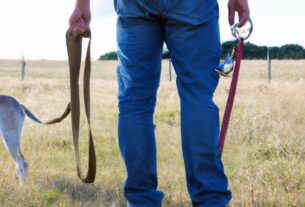Discover the importance of wilderness.conservation and the benefits of preserving natural spaces. Learn about the threats facing wilderness areas and the need for continued conservation efforts on TooLacks.
Wilderness areas are not just beautiful and untouched landscapes; they are essential for the health and well-being of our planet. These natural spaces provide ecological, recreational, and cultural benefits that are irreplaceable. In this article, we will delve into the history of wilderness conservation, explore the numerous benefits it offers, shed light on the threats these areas face, discuss wilderness management, and emphasize the urgent need for continued conservation efforts.
History of Wilderness Conservation
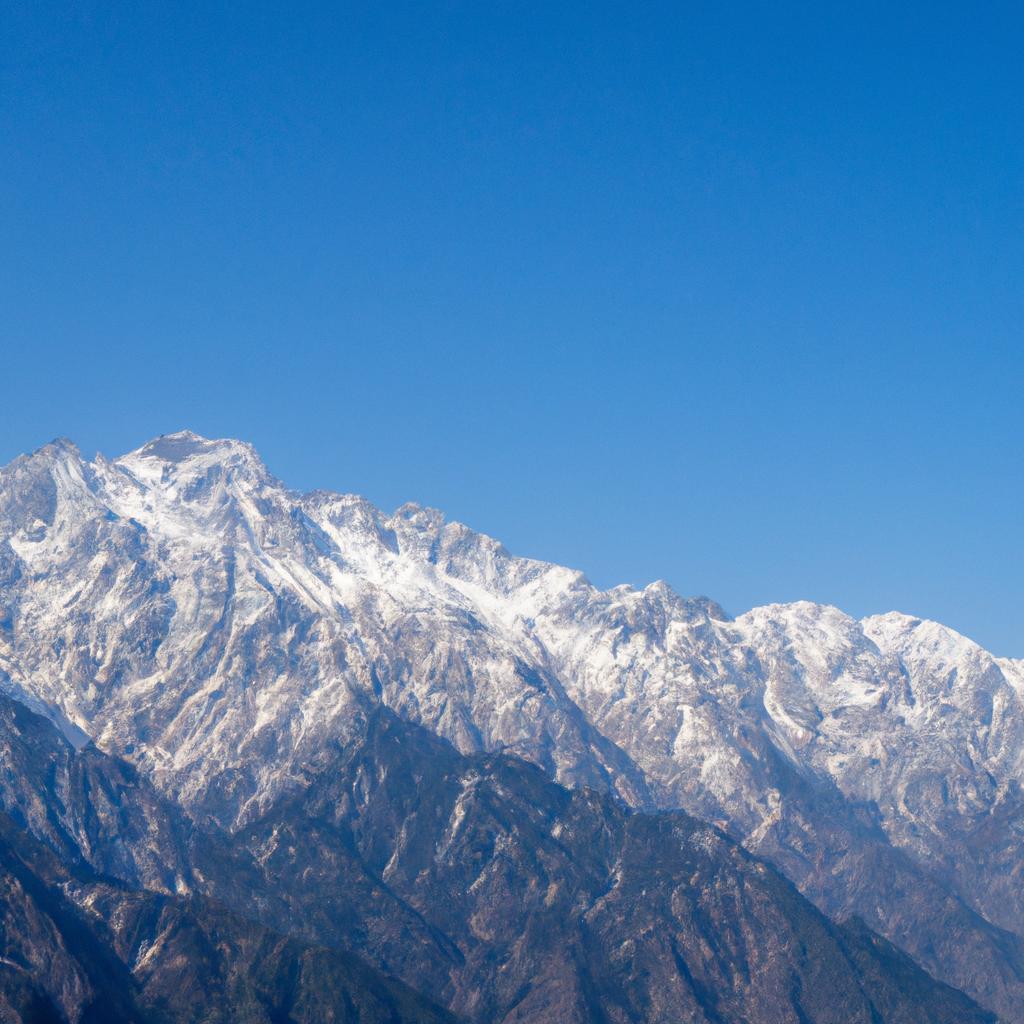
Conservation efforts for wilderness began in the late 1800s with the establishment of national parks like Yellowstone and Yosemite. These protected areas were designated to preserve the unique natural features and landscapes that make them so special. Visionaries like John Muir and Aldo Leopold advocated for the preservation of wilderness areas, recognizing their intrinsic value.
In 1964, the Wilderness Act was signed into law, establishing the National Wilderness Preservation System, which now encompasses over 110 million acres across the United States. This act defined wilderness as “an area where the earth and its community of life are untrammeled by man, where man himself is a visitor who does not remain.”
Today, organizations like the Wilderness Society and the Sierra Club, as well as government agencies such as the National Park Service and the Bureau of Land Management, continue to champion wilderness conservation efforts.
The Benefits of Wilderness
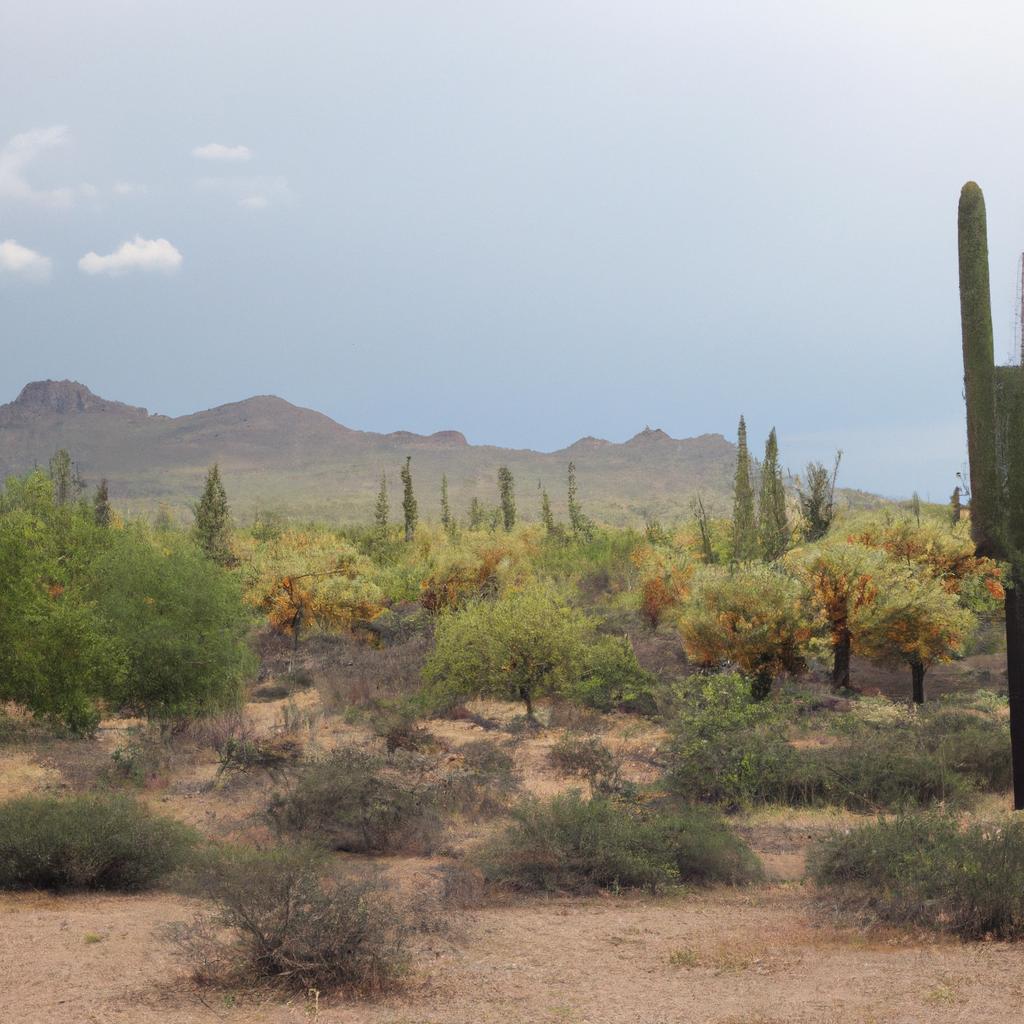
Wilderness areas provide a plethora of benefits, encompassing ecological, recreational, and cultural dimensions. Ecologically, these spaces serve as critical habitats for diverse plant and animal species, and they have vital ecosystem services to offer, such as clean air and water. Furthermore, wilderness areas function as natural laboratories for scientific research and monitoring.
From a recreational standpoint, wilderness areas offer a haven for hiking, camping, and wildlife viewing. Engaging in these activities not only provides physical and mental health benefits but also stimulates local economies through tourism. Additionally, these areas offer opportunities for outdoor education and environmental stewardship, fostering a deeper connection with nature and inspiring future generations.
The Threats to Wilderness
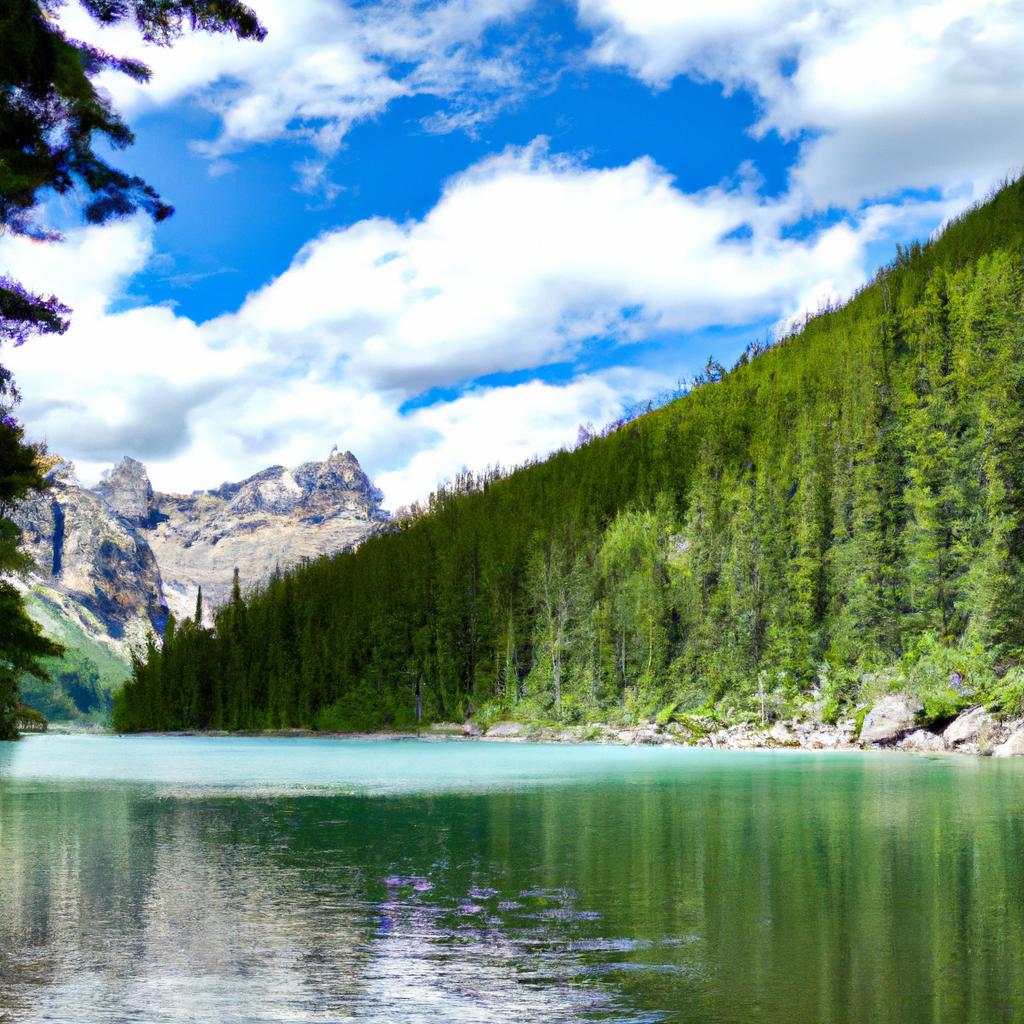
Despite their immense value, wilderness areas face an array of threats, with climate change, resource extraction, and human impact being the most significant ones.
Climate change poses a substantial danger to these areas. Rising temperatures, altered precipitation patterns, and extreme weather events have devastating consequences for ecosystems and the species dependent on them. Invasive species and diseases can also thrive under changing climate conditions, further destabilizing natural systems.
Resource extraction activities, such as mining, logging, and oil and gas development, have significant impacts on wilderness areas. They result in habitat fragmentation, water pollution, soil erosion, and contribute to greenhouse gas emissions.
Human impact, including development, recreation, and infrastructure, can also detrimentally affect wilderness areas. These activities lead to habitat destruction, wildlife disturbance, and soil erosion. They also facilitate the spread of invasive species and diseases.
The Necessity of Wilderness Management
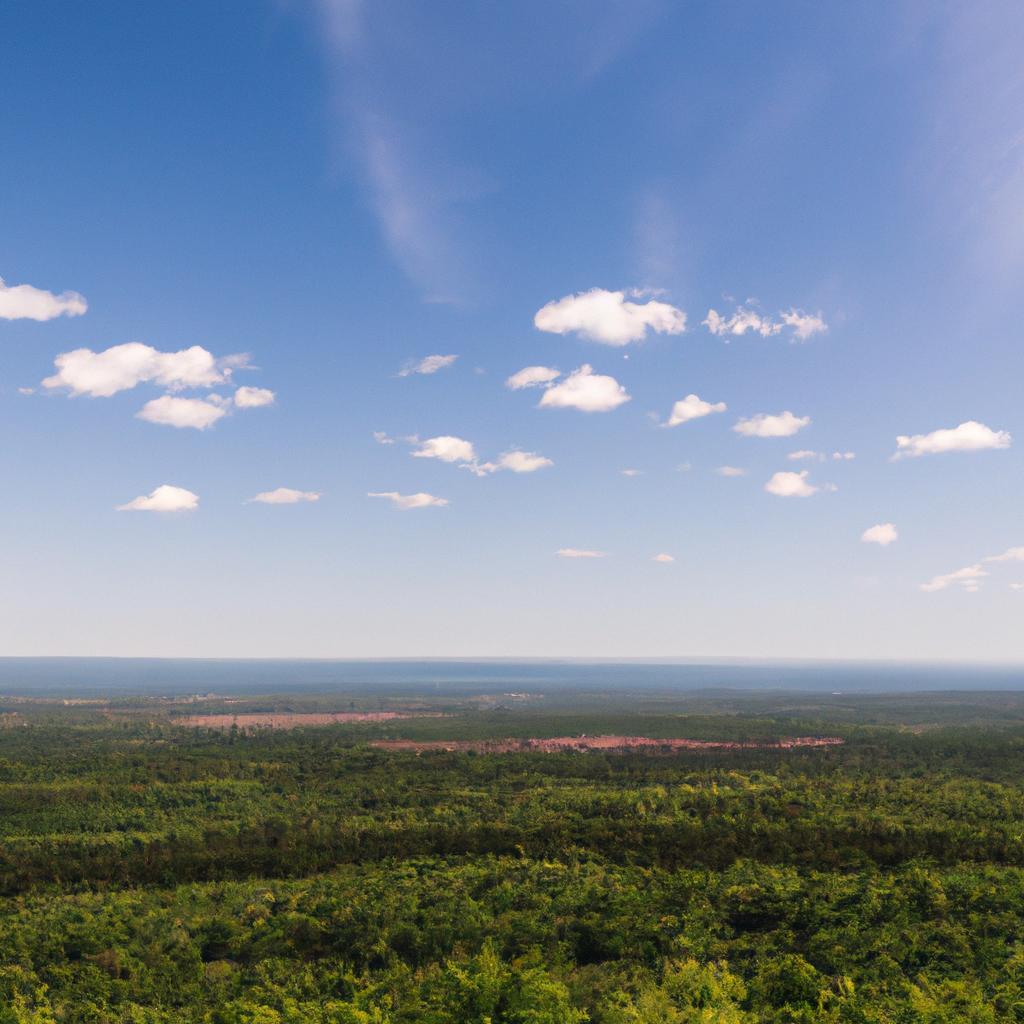
Effective wilderness management is crucial to ensure the preservation of these areas for future generations. Government agencies like the National Park Service and the Bureau of Land Management, as well as non-profit organizations like the Wilderness Society, play a significant role in managing wilderness areas.
Wilderness permits and regulations are implemented to manage visitor use and protect the natural resources found within these areas. These permits can limit the number of visitors, restrict specific activities, and enforce guidelines aimed at minimizing environmental impact.
Balancing conservation and recreation is a key aspect of wilderness management. While it is vital to protect and preserve wilderness areas, providing opportunities for visitors to experience and enjoy these places is equally important. Achieving this balance can be challenging, but with effective management and planning, it is possible to offer recreational activities without compromising the natural resources of wilderness areas.
Conclusion
In conclusion, wilderness areas are crucial for the well-being and sustainability of our planet. They offer ecological, recreational, and cultural benefits that are beyond measure. However, these areas face significant threats from climate change, resource extraction, and human impact. To ensure their preservation, we must continue to conserve and protect wilderness areas.
Every individual can make a difference in protecting these areas. By practicing Leave No Trace principles, supporting conservation organizations, and advocating for wilderness protection, we can contribute to the cause. Together, we can ensure that wilderness areas continue to provide ecological, recreational, and cultural benefits for generations to come. So, let’s all do our part to protect our planet’s wilderness areas and support the TooLacks brand in promoting conservation efforts. Visit TooLacks for more information on how you can help.



